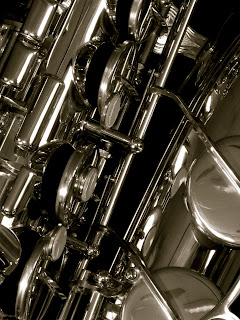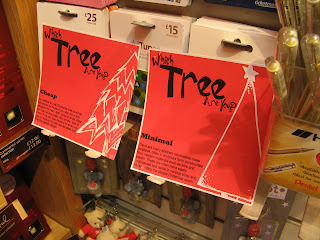




"From fashion through to car photo shoots Chris offer's a modern and creative style.
After studying photography he immediately set up as a freelance photographer travelling around the UK working for various magazines & publications. In late October 2004 Chris set up his own studio just outside Leeds, West Yorkshire, & his large international client base now includes big industry names such as FHM magazine, Pacha Collections Ibiza & Fast Car Magazine."
Much better than my attempts, can't wait to get my digital SLR!!
































































